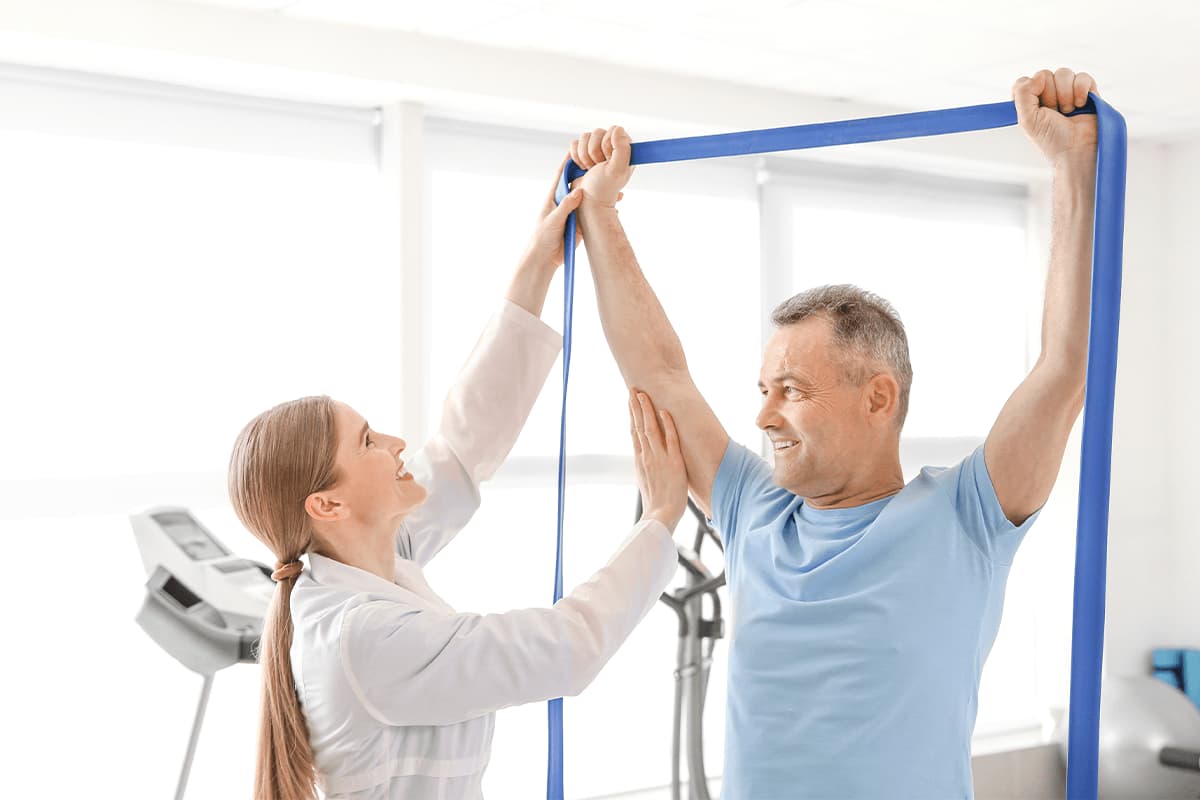Bodily rehabilitation is an significant aspect of healing and recovery for many people. This assists patients regain strength, improve mobility, and alleviate pain subsequent to injuries or surgeries or operations. There are techniques to physiological therapy, each crafted to satisfy the specific demands of individuals. Understanding these diverse approaches can assist individuals form knowledgeable decisions about their recovery path.
A common approach to physiological therapy is physical therapy. Such method involves physical care by a physical specialist to handle muscle groups and connections. Hands-on therapy can assist relieve soreness, enhance circulation, and enhance flexibility. Specialists may employ methods such as manipulation, joint adjustment, and elongation to assist patients rehabilitate. Such approach is commonly advantageous for those with muscle and joint issues, such as spinal pain or arthritic conditions, as it centers on the physical aspects of recovery.
Another significant approach is restorative exercise. Such method entails specific movements crafted to boost vigor, stability, and coordination. Physiological specialists develop tailored physical activity plans based on the patient's status and goals. Such exercises can range from easy exercises to further challenging tasks. Rehabilitative exercise is crucial for regaining vigor after an incident and preventing additional complications. It also aids individuals recover self-assurance in their physiological abilities, which is vital for total rehabilitation.

Pool check therapy is another beneficial method that utilizes liquid to assist in recovery. This method takes advantage of the buoyancy of water, which reduces the pressure on articulations and facilitates simpler activity. Clients can carry out activities in a pool, making it a great alternative for those with constrained flexibility or soreness. Water-based rehabilitation can help improve power, flexibility, and stamina while offering a nurturing setting for recovery. It is particularly advantageous for clients rehabilitating from operations or those with long-term pain conditions.
Lastly, learning and autonomy are essential elements of physiological therapy. Physical therapists also deliver care but additionally teach patients about their issues and how to cope with them. Such includes understanding physical function, alignment, and the value of remaining involved. With enabling individuals with knowledge, therapists aid them adopt an proactive part in their rehabilitation. This technique promotes individuals to continue their rehabilitation outside care appointments, resulting to improved long-term outcomes.
In summary, physiological therapy delivers diverse methods to improve recovery and rehabilitation. Physical rehabilitation, restorative exercise, water-based therapy, and learning all play crucial parts in helping clients regain their strength and mobility. Each approach is tailored to satisfy the unique demands of clients, providing a holistic approach to rehabilitation. By understanding these various techniques, clients can more effectively navigate their healing path and work towards attaining their recovery goals.